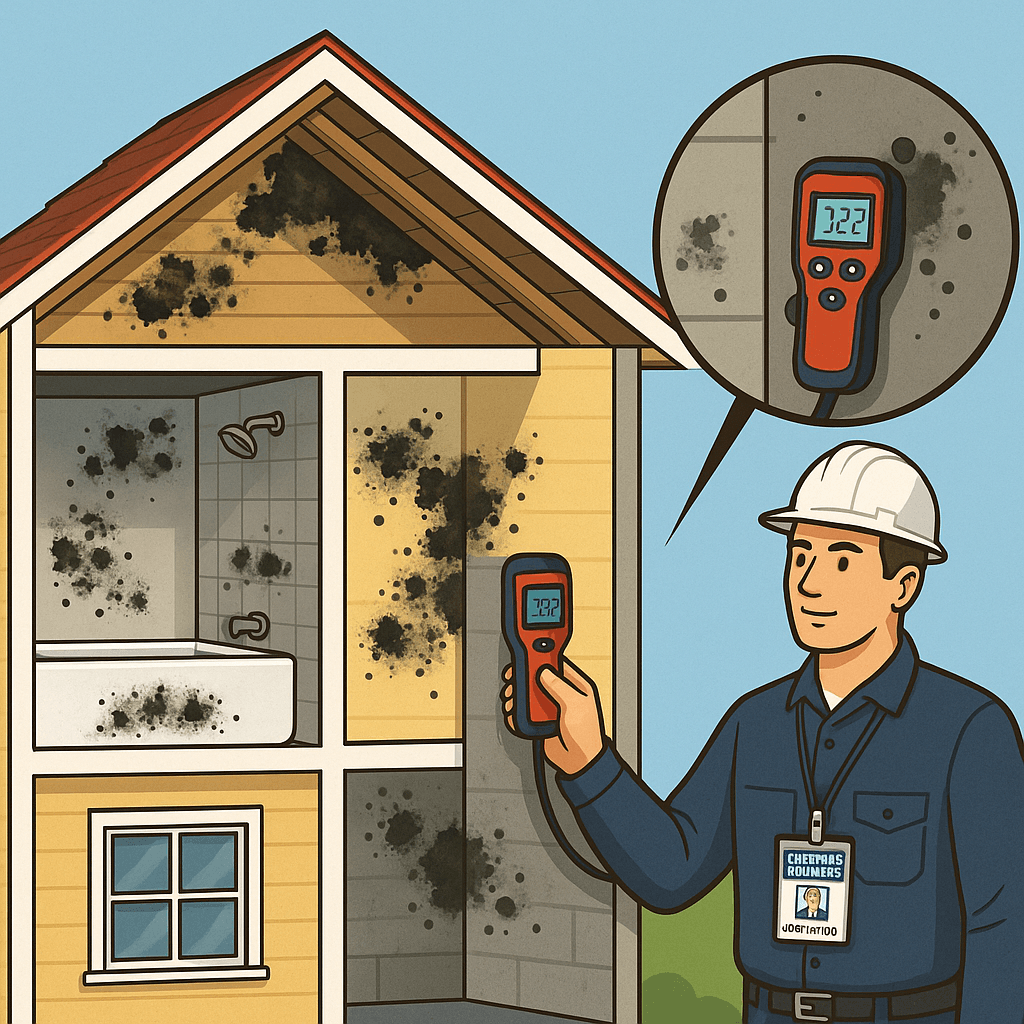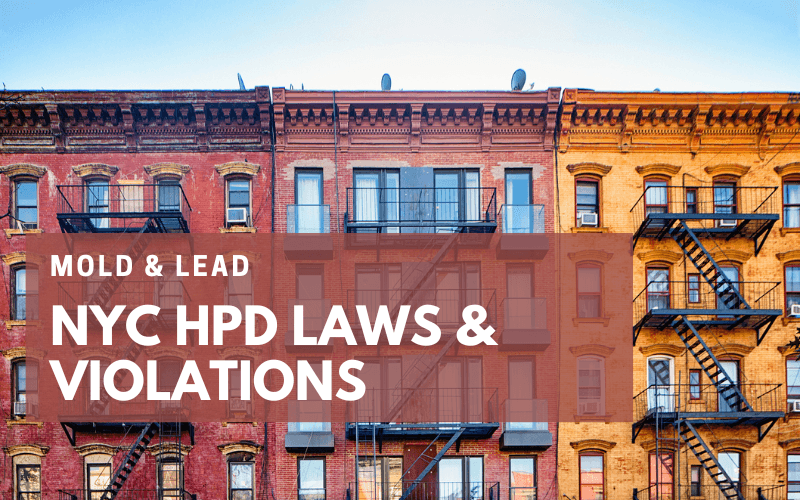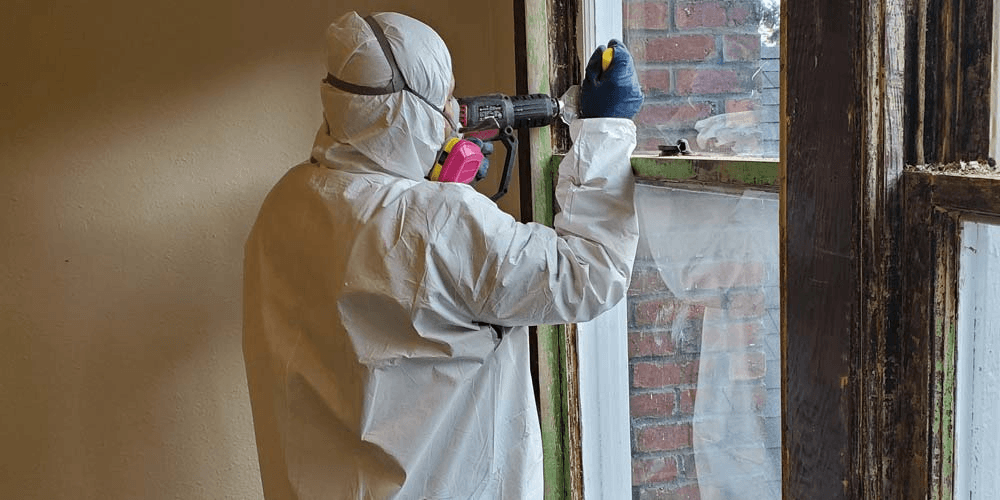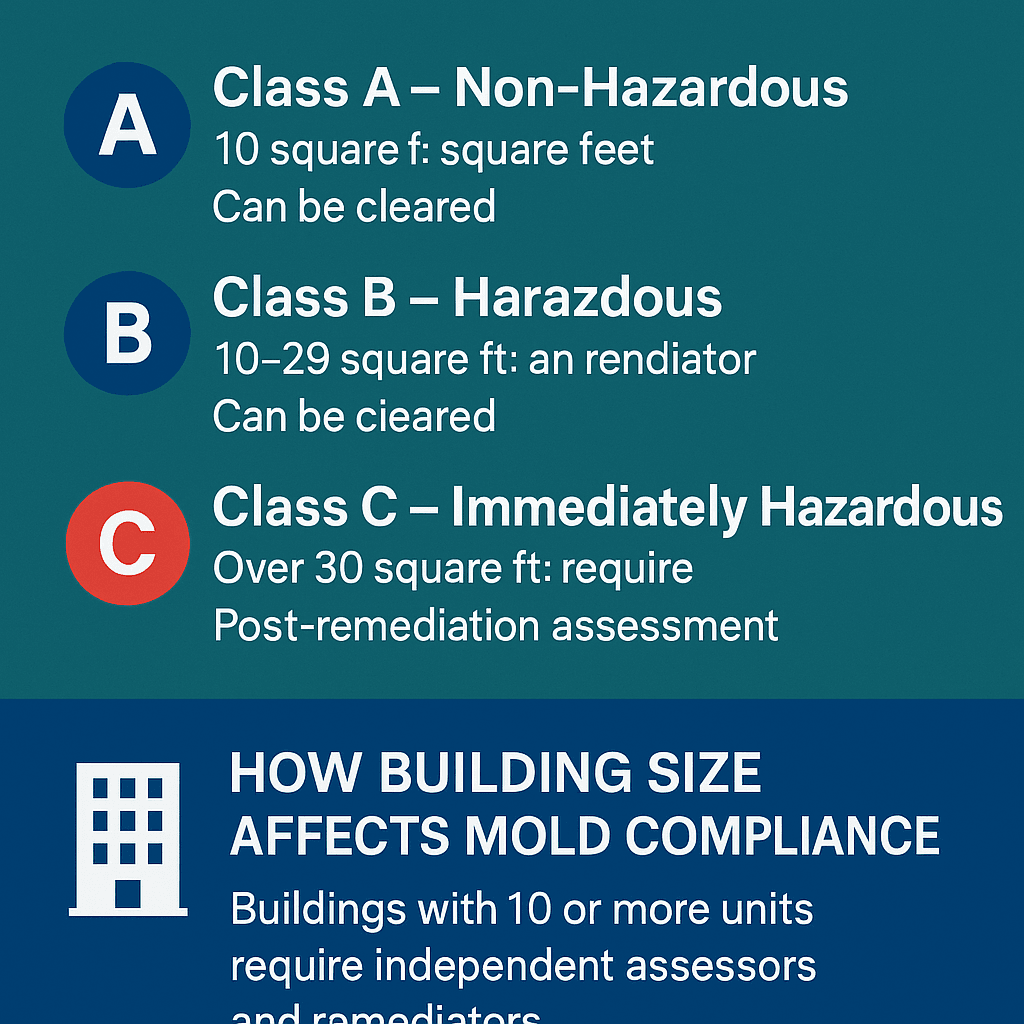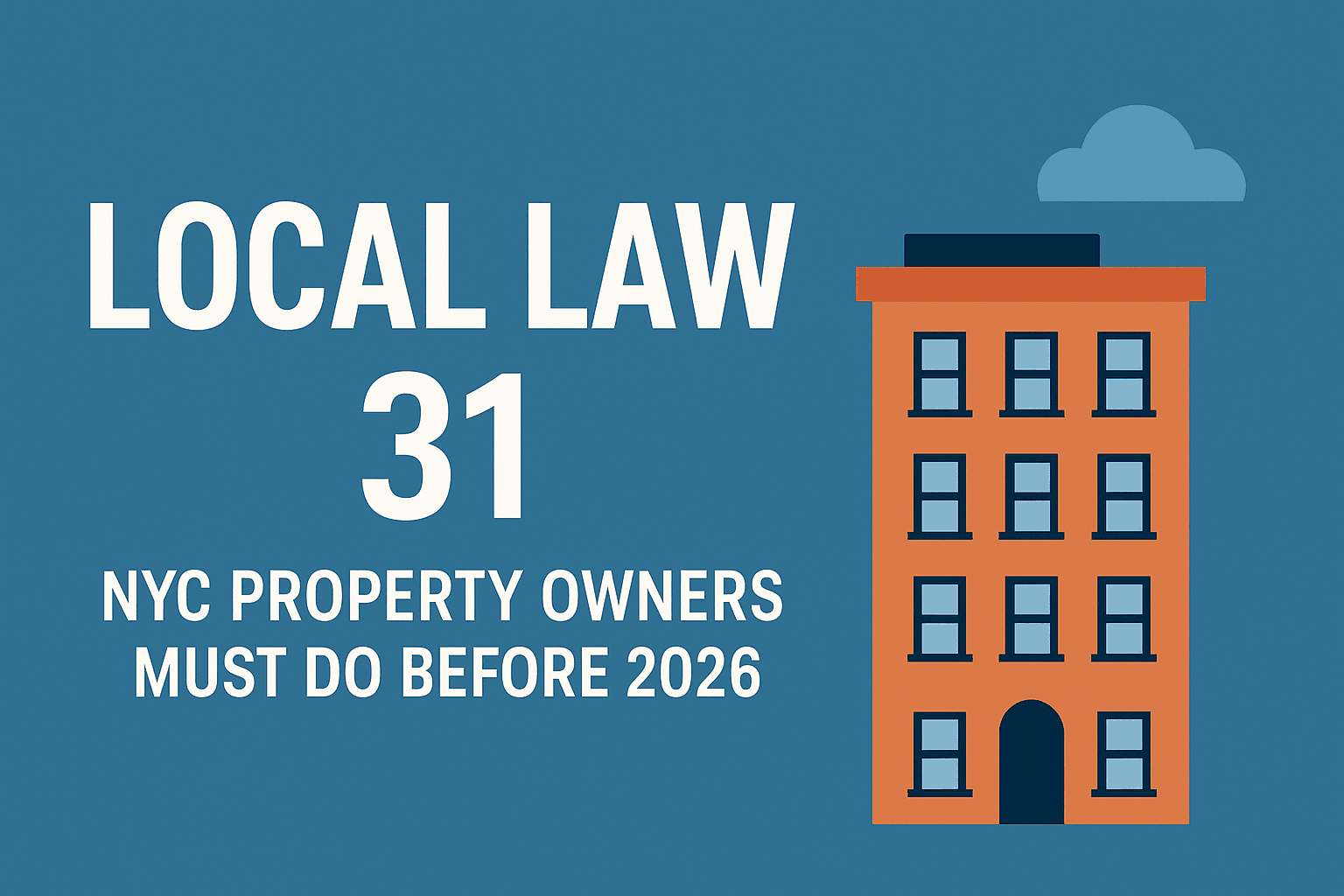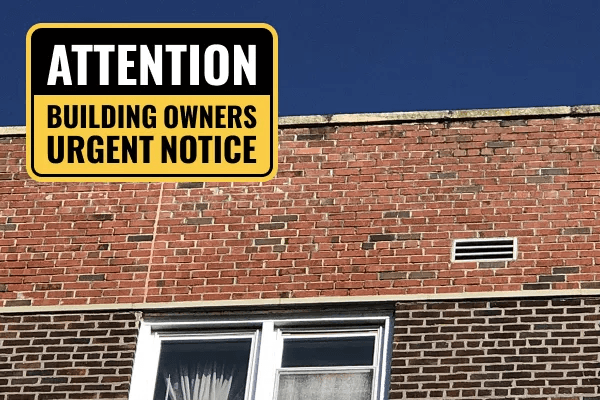
Local Law 126 Deadline Is Approaching — Are Your Parapet Walls Compliant?
With the Local Law 126 compliance deadline fast approaching, NYC building owners must act now to ensure their parapet walls are safe, inspected, and properly documented. Aging or neglected parapets pose serious public safety risks—and failure to comply may result in fines, violations, and emergency repairs. Proactive inspections today can prevent costly consequences tomorrow.


